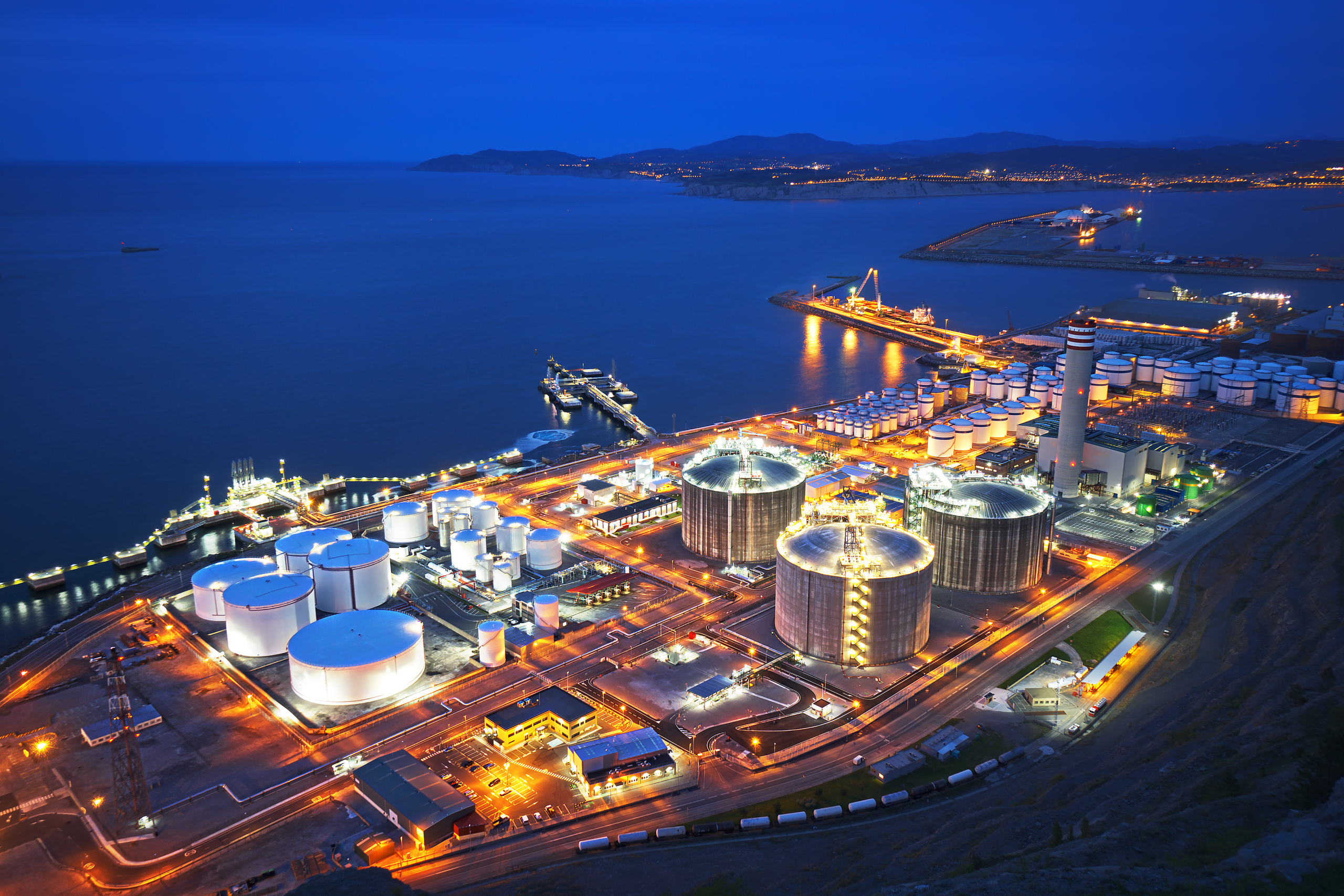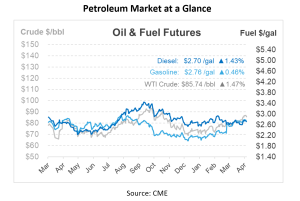
What’s That: Very Low Sulfur Fuel Oil (VLSFO)
Did you know that marine vessels require a different fuel than other boats and automobiles? The introduction of stringent sulfur emissions standards by the International Maritime Organization (IMO) has ushered in a new chapter for fuel usage in global shipping, marking a departure from conventional options and leading towards alternatives that promise to uphold environmental compliance without compromising operational effectiveness. This shift, a response to the need for cleaner air and healthier communities, has brought a particular marine fuel into the spotlight. Today, we’re diving into Very Low Sulfur Fuel Oil (VLSFO), a topic of increasing importance in the fuel industry.
What is Very Low Sulfur Fuel Oil?
VLSFO is a type of fuel oil with a sulfur content of 0.5% or less by weight. The creation of VLSFO was primarily driven by the International Maritime Organization’s (IMO) regulation, known as IMO 2020, which mandated a hefty reduction in the sulfur content of ship fuels from 3.5% to 0.5% starting January 1, 2020. This regulation aims to decrease the amount of sulfur oxide emissions from ships, which contribute to air pollution and respiratory problems among the global population.
How is VLSFO Used?
The primary use of VLSFO is in the maritime sector, powering large vessels across the globe. Before the IMO 2020 regulation, most ships used High Sulfur Fuel Oil (HSFO) due to its lower cost. With the new regulation in effect, ships now have to switch to VLSFO, Marine Gas Oil (MGO), or install scrubbers to continue using HSFO while complying with the sulfur emission standards.
VLSFO has become the preferred choice for many due to its lower fuel cost compared to MGO and less complex implementation compared to fitting scrubbers.
VLSFO Compared to Other Fuels
The distinction between VLSFO and other marine fuels can be observed through several key aspects. Firstly, sulfur content marks a large difference, with VLSFO’s sulfur content capped at 0.5%, which aligns with current environmental regulations. This is much different from High Sulfur Fuel Oil (HSFO), which contains up to 3.5% sulfur.
Marine Gas Oil (MGO) also meets the 0.5% sulfur requirement but is usually more refined and, consequently, more expensive than VLSFO. In terms of cost, VLSFO positions itself as a middle-ground option—more expensive than HSFO due to its lower sulfur content, yet cheaper than the higher-grade MGO. Regarding energy content, VLSFO has a slightly lower energy content compared to HSFO, which might influence fuel efficiency and, subsequently, the operational costs for ships.
Another challenge faced by operators using VLSFO is its compatibility with other fuels. The practice of mixing different batches of VLSFO or combining VLSFO with other fuel types could result in operational complications, such as the formation of sludge, underscoring the importance of careful fuel management and selection.
ISO Requirements
The International Organization for Standardization (ISO) provides standards for marine fuels under ISO 8217. This standard includes specifications for various types of marine fuels, including those with very low sulfur content, like VLSFO, to ensure they are suitable for use in shipping and comply with environmental regulations, such as the IMO 2020 regulation, which limits the sulfur content in marine fuels to 0.5% m/m (mass by mass).
ISO 8217 outlines parameters such as density, viscosity, sulfur content, and other critical properties that marine fuels must meet to be considered compliant. Fuel suppliers and manufacturers design and refine VLSFO to meet these requirements, ensuring it is safe for use in marine engines and compatible with a wide range of ship types. The introduction of VLSFO as a fuel option for shipping companies was directly in response to the need for fuels that comply with both environmental regulations and quality standards set by ISO.
VLSFO Pricing
The current price of VLSFO in Houston, Texas, is $647 per metric ton, slightly higher than the average price around this time of year, which is $607 per metric ton. These figures indicate that VLSFO, while being an environmentally friendlier option due to its lower sulfur content, still represents a significant cost for operators, albeit less than some alternatives like MGO. The current price of MGO in Houston is $838 per metric ton, down from its average of $847.


